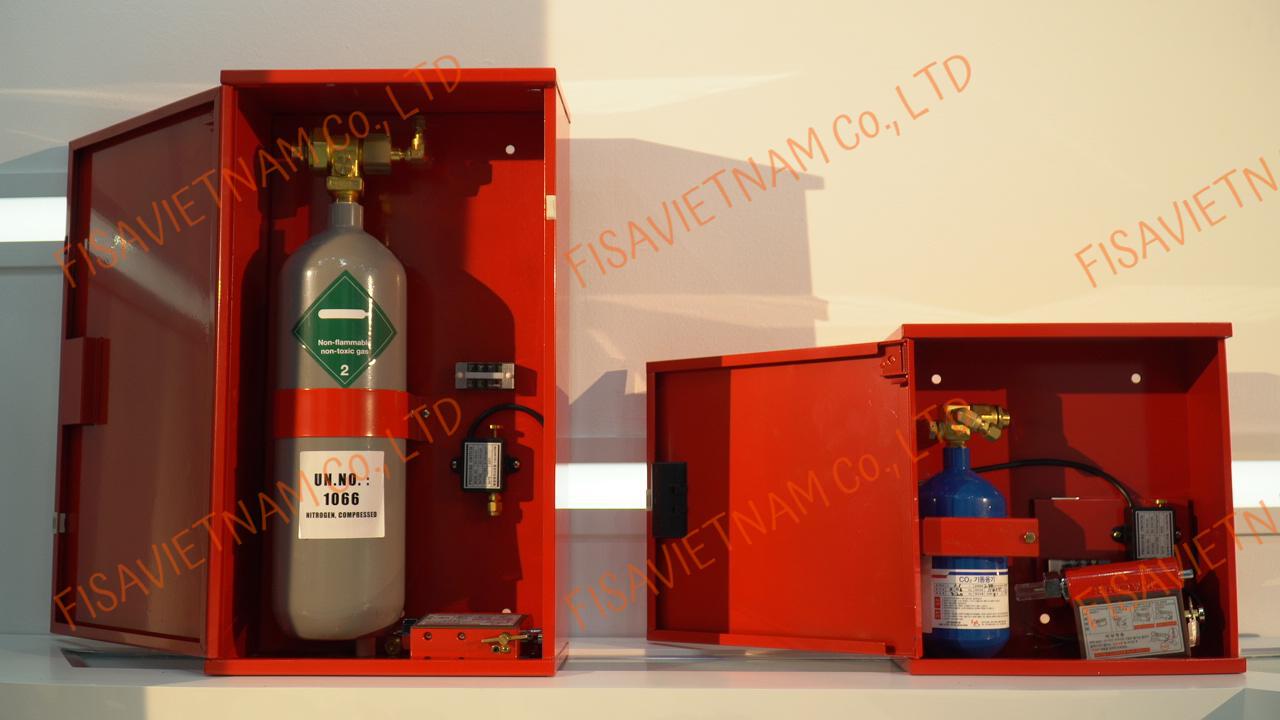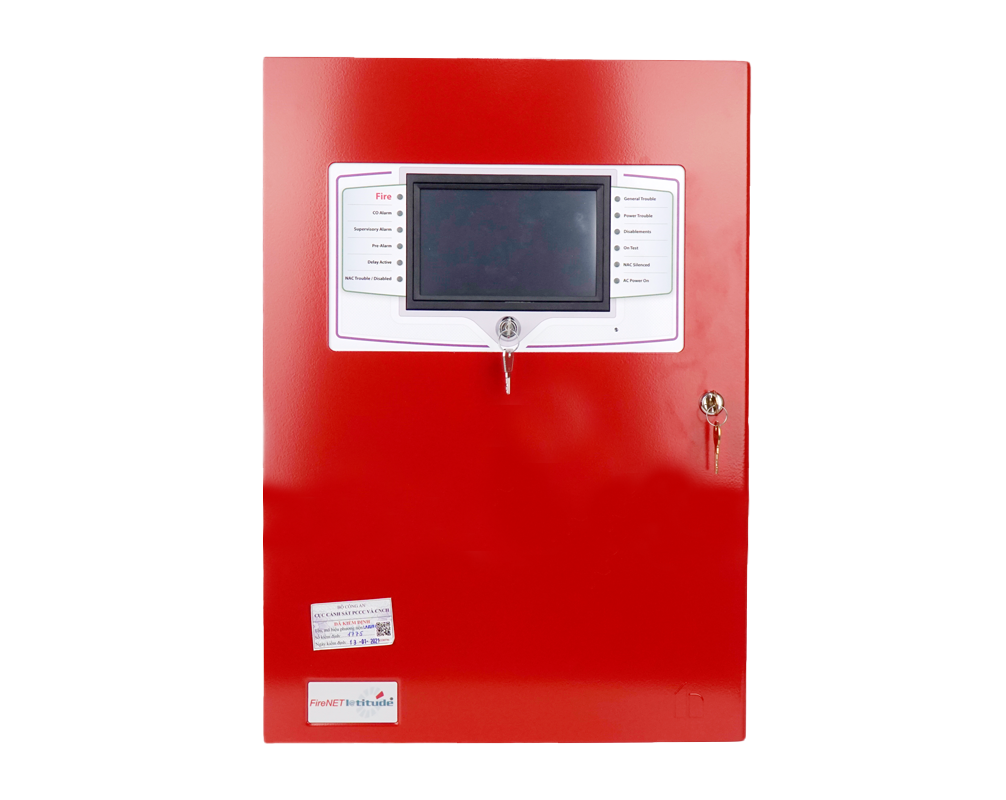Operating Principle of Powder Fire Extinguishers
Powder fire extinguishers operate based on the mechanism of releasing compressed gas through a valve and delivery system. When you press the discharge valve, the compressed gas inside the extinguisher generates a powerful force, pushing the dry powder out through the delivery hose. This force comes from the high-pressure compressed gas, allowing the powder to be sprayed evenly and forcefully.
When the powder is sprayed onto the fire, it reduces the temperature and prevents the flames from spreading further. At the same time, the powder covers the surface of the combustible material, isolating it from the oxygen in the air, which prevents the fire from continuing to flare up.
Structure of Powder Fire Extinguishers
Powder fire extinguishers are cylindrical in shape and painted red. Inside, they contain fire-retardant powder and compressed gas. At the top, there is a discharge valve, a lock, and a pressure gauge. The hose and nozzle are connected to the discharge valve.
- Cylinder: Made from solid cast steel, painted red.
- Neck of the cylinder: External threads, removable for maintenance.
- Discharge assembly: The valve assembly used to operate the extinguisher.
- Safety pin: Prevents children from tampering with or accidentally discharging the extinguisher.
- Hose: Guides the fire suppression with a delivery line and nozzle.
- Pressure gauge: Measures the internal pressure and checks the operational status of the extinguisher.
- Piston: Made of brass, functions to lock the powder in the discharge assembly.
- Delivery hose: Connects to the brass piston to lead the powder out.
- Dry powder: The fire-retardant substance sprayed to extinguish the fire.
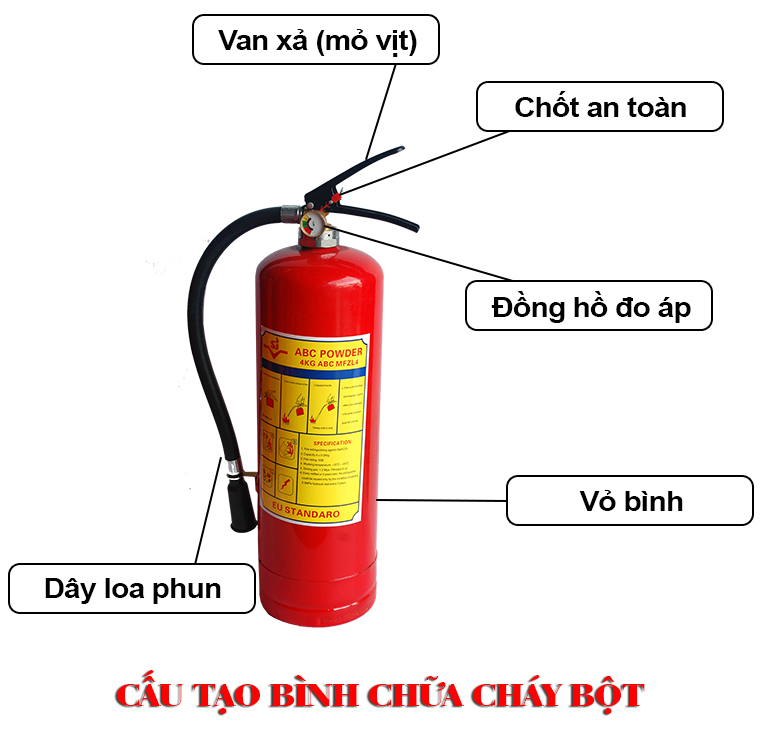
Instructions for Using Powder Fire Extinguishers
Powder fire extinguishers come in two main types: handheld and wheeled. Depending on the type, the usage methods will have certain differences.
For Handheld Extinguishers:
- Bring the extinguisher close to the fire while ensuring a safe distance.
- If it is an MFZ powder extinguisher, shake it gently a few times before use. Then, spray the powder directly onto the fire to cover the entire burning area.
- Pull the safety pin with your finger, then use one hand to squeeze the trigger while the other hand holds the nozzle aimed at the burning area.
- Continue to squeeze the trigger until the fire is completely extinguished, then stop spraying
For Wheeled Extinguishers:
- Push the cart close to the fire and pull out the nozzle.
- Aim the nozzle at the fire, then pull the safety pin and turn the valve to a perpendicular position to the ground.
- Firmly hold the nozzle and squeeze the trigger to spray the fire extinguishing powder onto the fire until the flames are completely extinguished.

Notes on Using and Storing Powder Fire Extinguishers
To ensure that powder fire extinguishers always operate effectively and are ready when needed, you should pay attention to the following points:
-
Regular Checks: Every 6 months, you should check the pressure of the compressed gas in the extinguisher and inspect the pressure gauge. If the needle points below the limit (usually in red), you need to recharge the extinguisher immediately.
-
Storage Location: Place the extinguisher in a visible and easily accessible location, always in a state of readiness for use. Avoid placing the extinguisher in areas with temperatures exceeding 55°C or in corrosive environments, as this can affect the extinguisher's effectiveness.
-
After Use: If the extinguisher has been used in a fire or has run out of gas, do not forget to recharge it to ensure it is always ready for future emergencies.
Features and Functions of Powder Fire Extinguishers
Depending on the type of fire extinguishing powder, each extinguisher has the ability to extinguish different types of fires, from solids, liquids, gases, to fires involving electrical equipment. Notably, fire extinguishing powder is non-harmful to the skin and has insulating properties, helping to protect the user in emergency situations.
Fire extinguishers are typically classified with the symbols BC or ABC, each type having firefighting capabilities suitable for specific groups of fires:
- A: Used for extinguishing solid materials such as wood, paper, fabric, and metals.
- B: Used for extinguishing flammable liquids such as gasoline, oil, alcohol, and chemicals.
- C: Used for extinguishing gases such as gas, liquefied petroleum gas, and other gases.
Structure of CO₂ Fire Extinguishers
CO₂ fire extinguishers are designed in a vertical cylindrical shape, with a distinctive red electrostatic paint typical of Vietnam's fire protection system. Inside, the extinguisher contains cold CO₂ gas, compressed at high pressure, making the cylinder thick and heavy.
Because CO₂ gas is very cold and can cause injury upon direct contact with skin, the nozzle of the extinguisher is designed to be longer and larger than that of powder extinguishers, allowing users to operate it easily while avoiding direct contact with the cold gas.
- Cylinder: Cylindrical, made from steel and coated with red electrostatic paint, with significant thickness and weight (producing a booming sound when tapped).
- Neck of the Cylinder: Internal threads, connecting to the discharge valve assembly, made from brass and removable for maintenance.
- Discharge Assembly: Also known as the discharge valve, used for operating the extinguisher.
- Safety Pin: Prevents children from tampering or causing accidental discharge.
- Nozzle: The nozzle is designed in a large funnel shape, different from powder extinguishers.
- Piston: Made from brass, located inside the discharge assembly with a pressure-locking function.
- Safety Valve: In case the extinguisher is placed in a high-temperature area, the valve will automatically release pressure to prevent the risk of explosion.
- CO₂ Gas: Stored in the extinguisher in a liquefied form.
.png)
How to Use and the Operating Principle of CO₂ Fire Extinguishers
When the valve on the extinguisher is opened, the pressure difference causes the liquid CO₂ inside the cylinder to spray out as a cold mist with an extremely low temperature of about -79°C. This cooling process helps freeze the fire and prevents oxygen from coming into contact with the flames, thereby effectively extinguishing the fire and preventing it from spreading.
When a fire is detected, bring the extinguisher close to the fire area and pull the safety pin. Use one hand to hold the nozzle aimed at the fire, while the other hand gently squeezes the discharge valve to check for any gas leaks at the neck of the cylinder (if there is a leak, stop using it immediately and choose another extinguisher). Then, squeeze the discharge valve firmly and use the nozzle to spray directly at the fire. Move the nozzle back and forth until the fire is completely extinguished.
Notes on Using and Storing CO₂ Fire Extinguishers
When using CO₂ fire extinguishers, you need to pay attention to several important points to ensure safety and effectiveness:
- Do not use CO₂ for certain specific fires: CO₂ extinguishers are not suitable for extinguishing fires caused by alkali substances, molten iron, coke, or fertilizers, as they may produce toxic gases or exacerbate the fire.
- Hold the extinguisher correctly: When
- Using it, always grip the designed handle firmly and never hold the nozzle directly. If held for too long, the nozzle may freeze and cause injury to your hand.
- Limit use in strong winds: Do not use CO₂ extinguishers outdoors in strong winds, as the gas stream may disperse and become ineffective.
- Ensure safety when dealing with electrical fires: If the fire involves electrical equipment, especially high-voltage sources, wear insulated boots and gloves to ensure absolute safety.
- Store the extinguisher in a safe place: Avoid placing CO₂ extinguishers in areas with temperatures exceeding 55°C, as this can increase the pressure inside the cylinder, causing it to explode or become damaged.
- Be cautious when standing against the wind: When using the extinguisher, do not stand with your back to the wind to avoid having the CO₂ gas blown away, which would reduce its firefighting effectiveness.
Uses of CO₂ Fire Extinguishers
Portable CO₂ fire extinguishers are designed to extinguish fires caused by solids, liquids, or electrical equipment. CO₂ extinguishers are particularly effective in confined spaces or basements where there is limited room to maneuver. One of the standout advantages of CO₂ extinguishers is their ability to extinguish fires without leaving any residue after use, as CO₂ will completely evaporate. This makes CO₂ extinguishers an ideal choice for handling fires involving electronic devices and valuable items.
Equipping fire extinguishers is essential, but knowing how to use them correctly is crucial to protecting people and property from fire hazards. Whether it is a powder extinguisher or a CO₂ extinguisher, each type has its own advantages and disadvantages – and understanding the operating principles, usage procedures, and maintenance will help you be much more proactive in emergency situations. FISA Vietnam encourages all businesses, households, schools, and public works to organize regular fire prevention and fighting training to enhance awareness and skills in using firefighting equipment.
If you need advice on choosing the right fire extinguisher, installing fire protection systems, or maintaining equipment, do not hesitate to contact FISA Vietnam – we are always ready to assist.







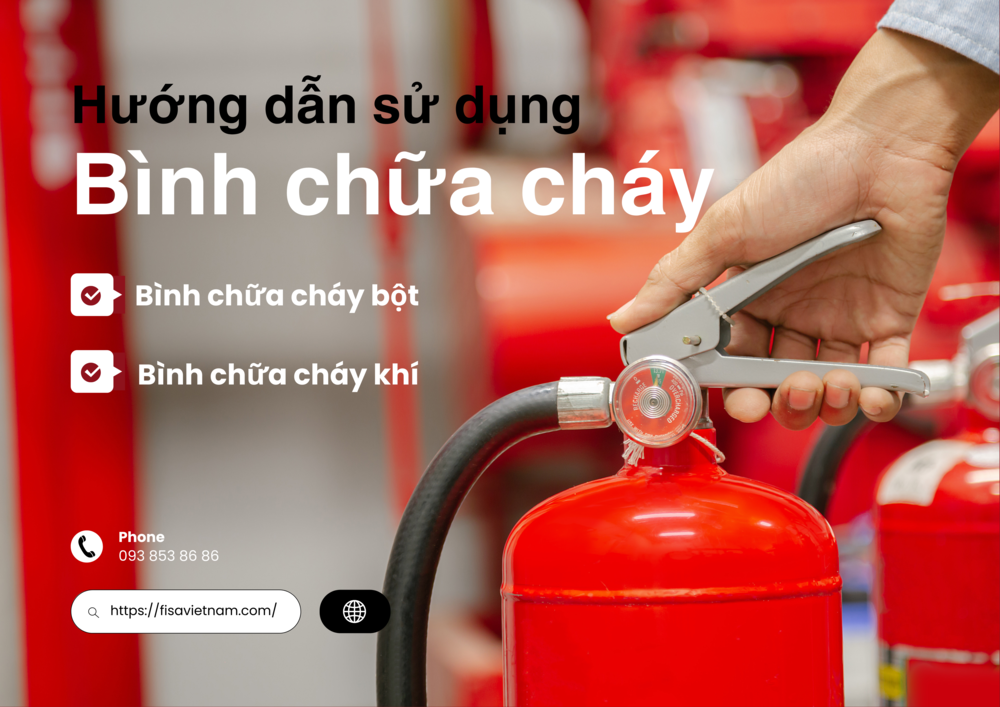
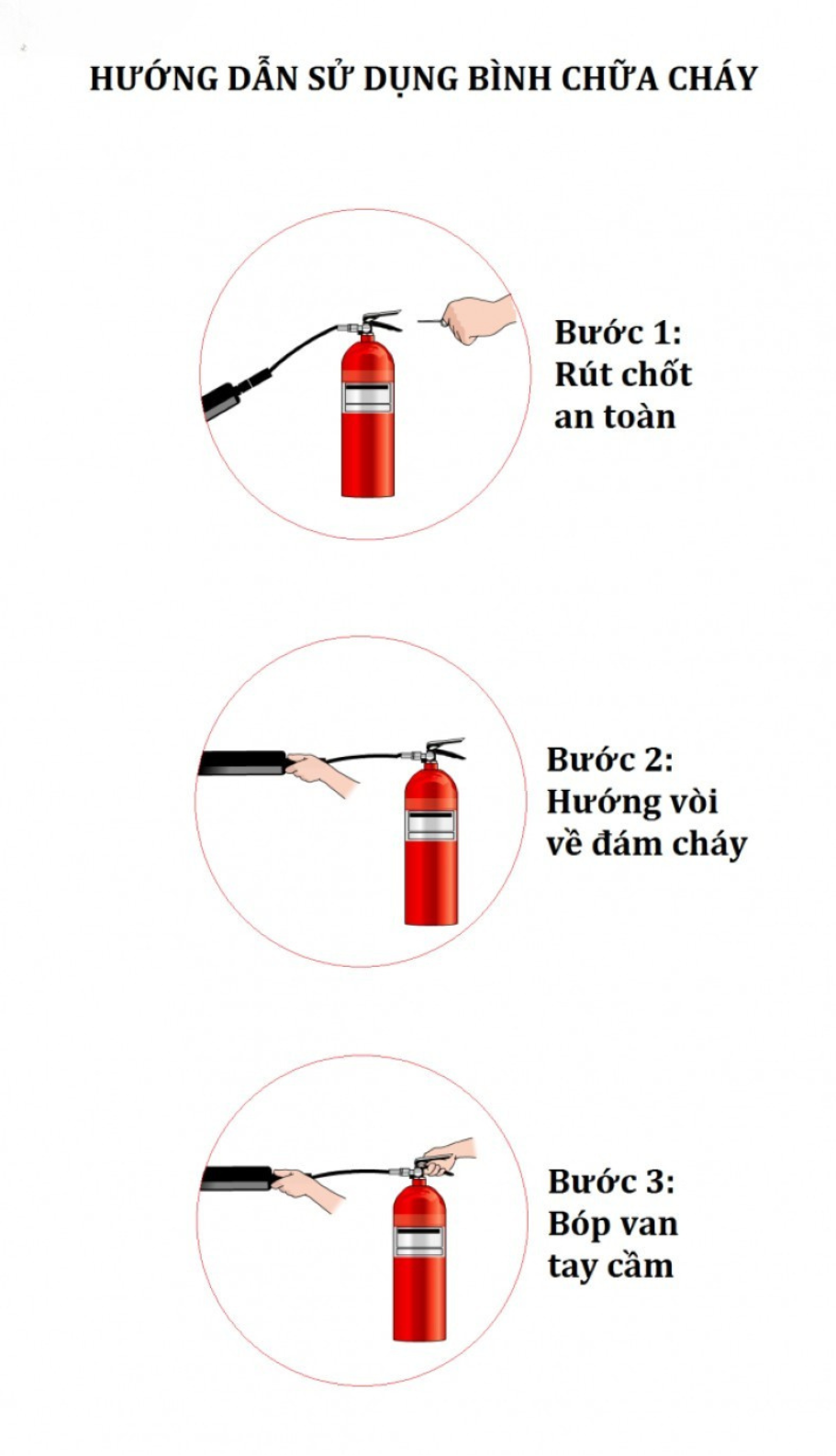
.png)

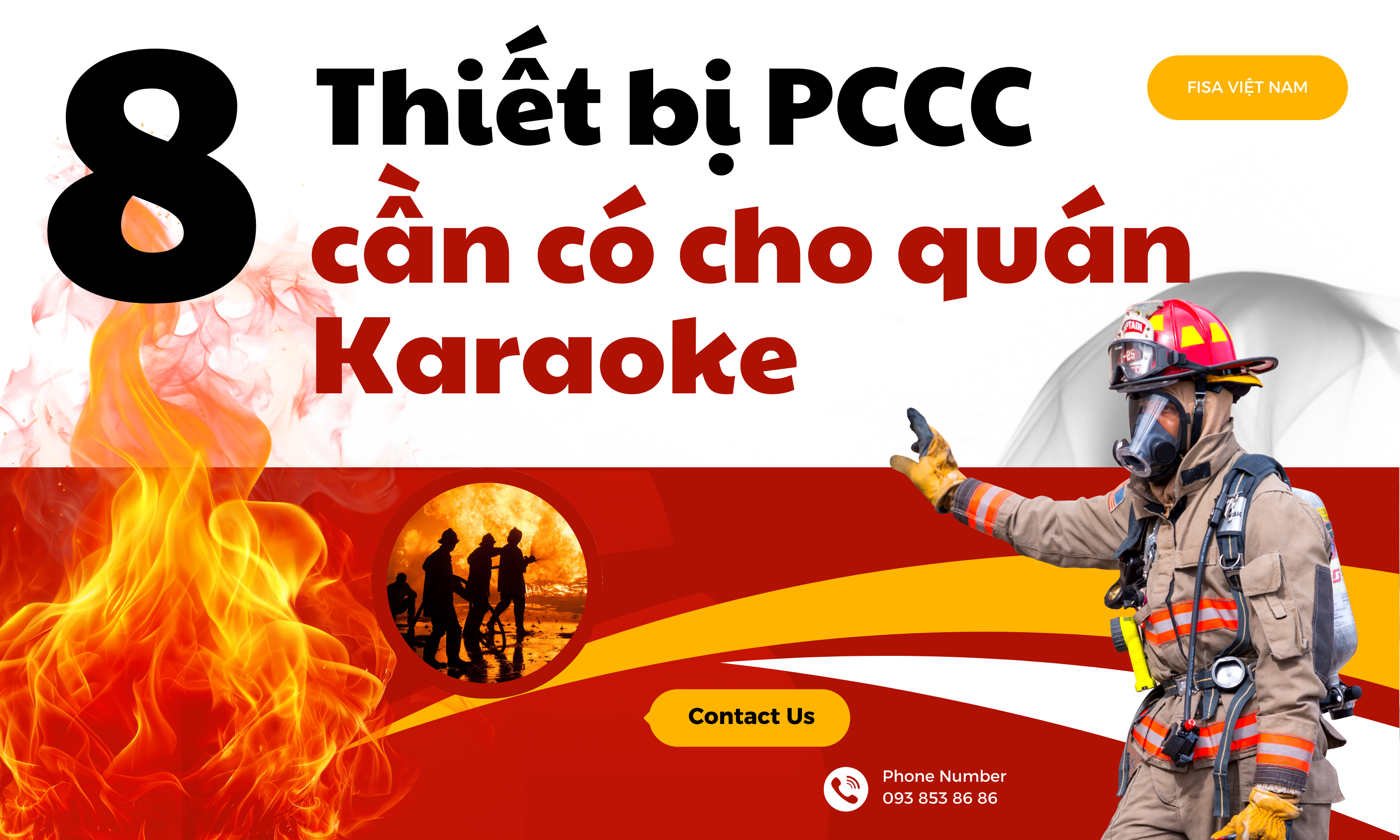
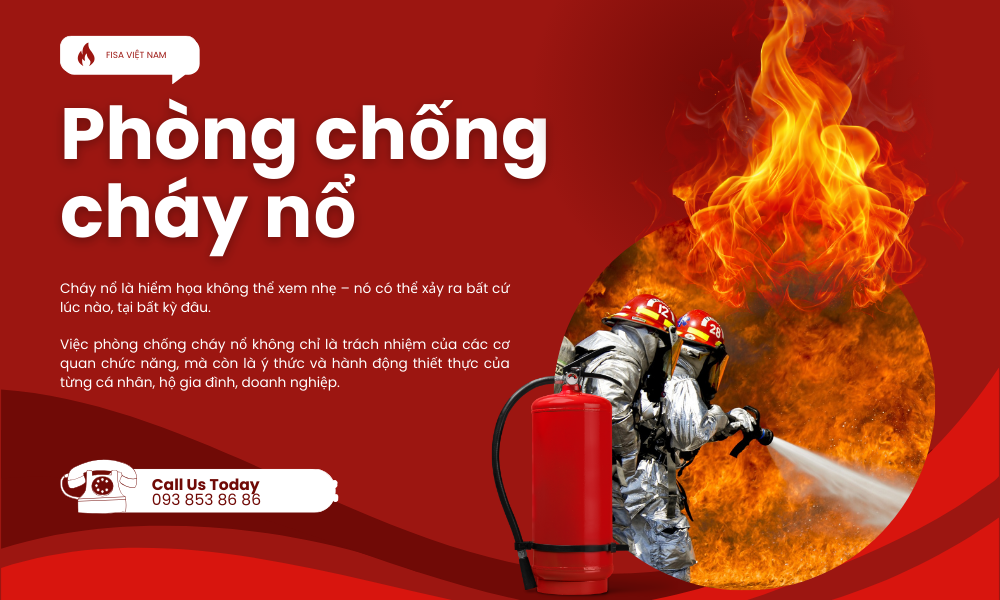



.jpg)

